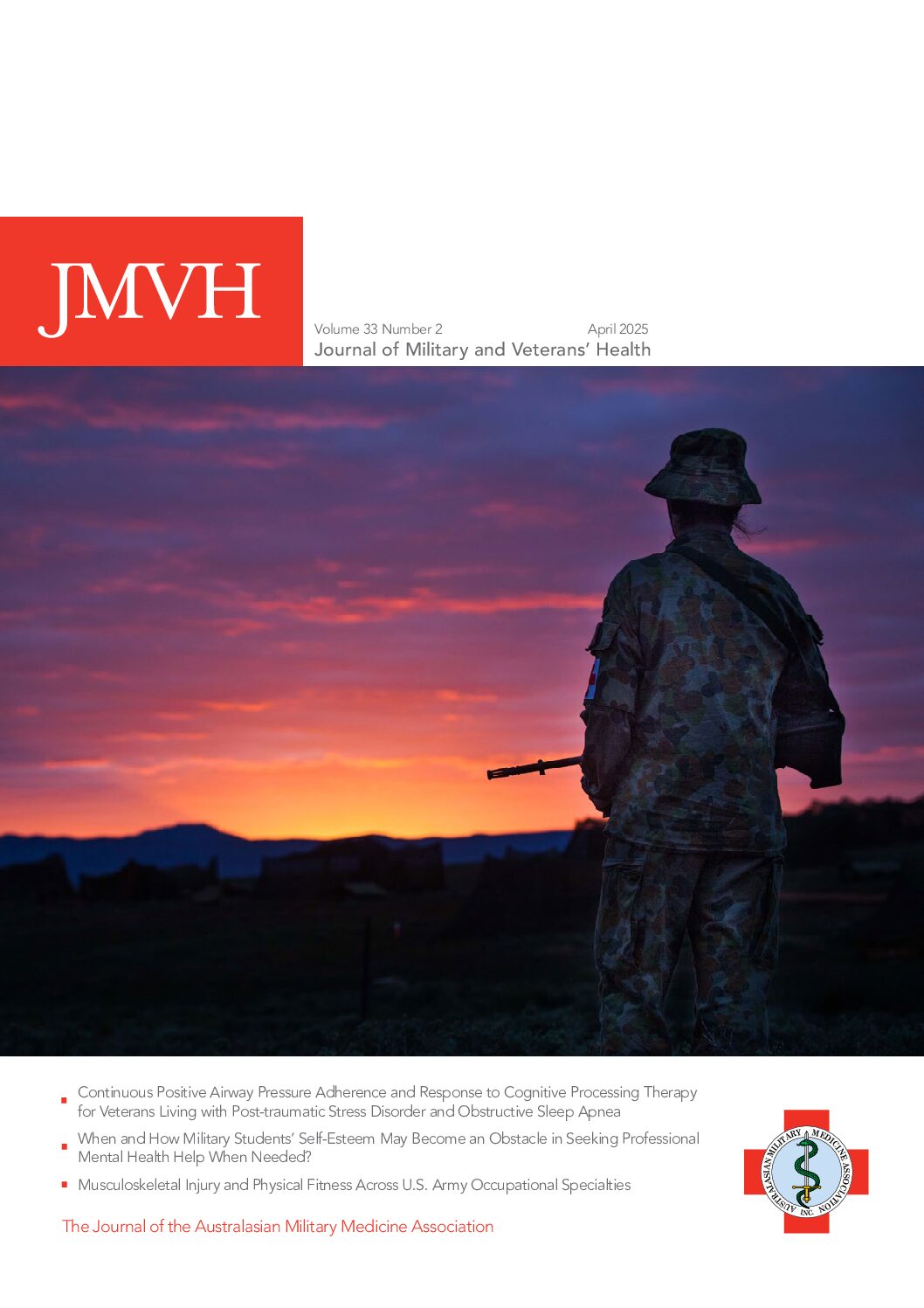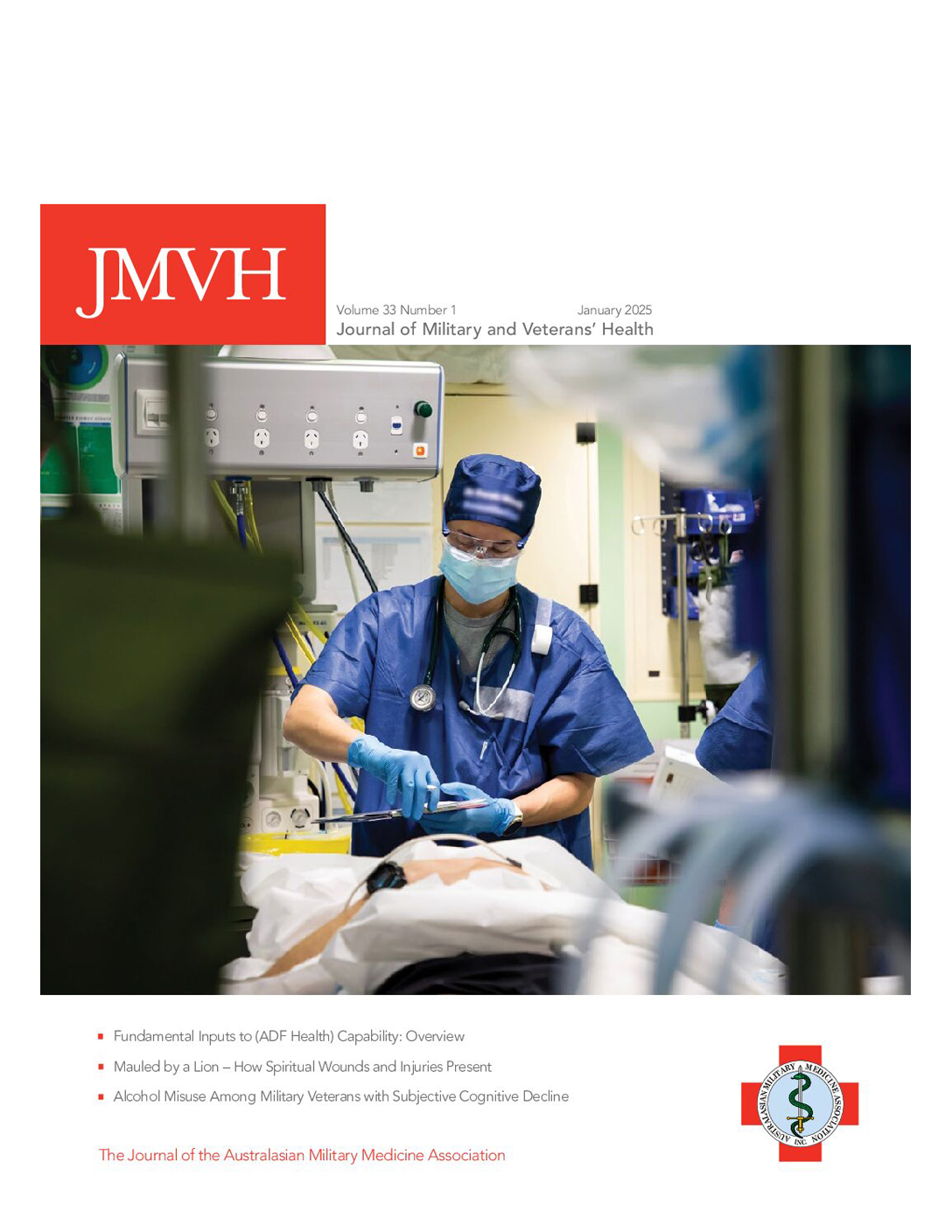Transformation of War
In 1991, Martin van Creveld, in ‘The Transformation of War’, speculated on what the character of war would be in a post-Cold War era.1 His assessment focused on who would be fighting, the reasons for and the aim of the conflict, and how and why war would be fought in the future.1 van Creveld correctly anticipated the growth and spread of low intensity conflicts or hybrid warfare, the compromise of national sovereignties and borders, and the blurring of lines between military and civilians, and public and private organisations.1 Other assessments, particularly those on the abolishing of conventional interstate war, the demise of nation states, new conventions of war, post-Clausewitzian strategy, and the retirement of powerful weapons, have partially or not been met, or have evolved in unexpected ways.1
The expectation, however, that conventional interstate war would be in the ‘final stages of abolishing itself’ has not eventuated.1 While the number of interstate conflicts have declined over the last 30 years, major wars between states have continued, as highlighted by the 2003 Gulf War and the current Russo[1]Ukrainian War.2,3 As such conflicts are likely in the future, with the possibility of conflicts in Asia, Europe and the Middle East, albeit at lower frequency, many nations continue to maintain conventional combat capabilities.4-6 Major militaries, including the United States, Russia, China and Iran, as well as a range of non-state actors, are enhancing their capability to use or respond to hybrid warfare in future conflicts The preservation and strengthening of many nation states, sometimes with associated nationalist political movements, and the continued evolution of a range of powerful weapons, were also not anticipated.1 Nuclear weapons continue to remain a factor, at least among the countries that possess or seek to acquire them, like Iran.1-3 While this has not resulted in nuclear war, Russia’s threats to use tactical nuclear weapons in the Ukraine in 2014 and 2022 highlight that these weapons continue to be used to place limits, such as no direct intervention by other states, on interstate conflicts.3,7 As we move into 2025, the ongoing importance of our defence forces, and the role of military health within them, remains paramount.
Our first issue of 2025 contains a range of articles on diverse topics spanning alcohol misuse, mental health, military health capability, psychological screening, spiritual injuries, and military health history. We continue to attract a good range of articles, including from overseas. Other military and veterans’ health articles, however, are always very welcome, and we would encourage all our readers to consider writing on their areas of military or veterans’ health interest. We would particularly welcome papers based on presentations from the 2024 ICMM conference in Brisbane but welcome any articles across the broader spectrum of military health.
Dr Andy Robertson, CSC, PSM
Commodore, RAN
Editor-in-Chief






